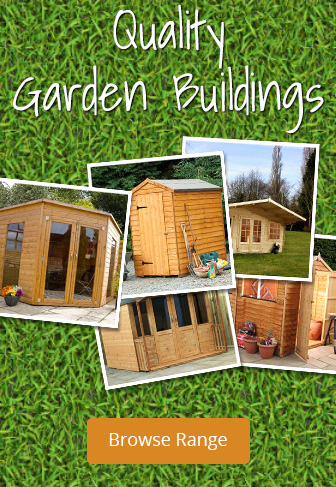Growing Vegetables in Winter
Some people are keen to start their seeds off in March or April each year, and grow various crops during the summer before heading back indoors when the nights draw in. But there are all kinds of vegetables that can happily be grown throughout the darkest, coldest days of the winter. If you love nothing better than homegrown veggies, it might be time to start thinking about what you could plant this winter.
Which vegetables are ideal for winter planting?
To get the best results, you need to choose vegetables that are hardy enough to survive the inclement weather conditions. These might vary depending on where you live.
If you want a hands-off crop you can use for all kinds of things, look no further than onions. Pick an area of ground you won’t need for anything else once the spring comes, and pop in your onion sets to reward you in the months to come. Garlic is closely associated with onions and can be grown slowly over the winter and spring in much the same way.
Most of us associate Brussels sprouts with Christmas dinner, but if you love them enough to eat them several times a week, there is nothing as nice as growing your own. They’re hardy too, and can survive much colder days. Parsnips and leeks are also fine to grow during the winter, so you’ll need to find plenty of room on your plot to include these as well.
While you might associate peas with the summer months (indeed, lots of pea crops will come to fruition then), you can plant them in the winter to provide a first crop next spring. Pick a variety that is hardier than the rest – Kelvedon Wonder is a good choice.
There is still time to sow some carrots too, if you have access to the Adelaide variety, or something similar that can be planted later in the year. Keeping them warm is the key to success, so planting them inside a greenhouse is the preferred option.
If you like broad beans, these can get through the winter too. Pop a cloche over them in the worst and coldest of the weather, and be prepared for some of them to fail. However, you can always plant more than you normally would to account for some losses. You never know, you might end up with a bigger bounty and one to share with friends and neighbours. Everyone appreciates homegrown veggies, especially in the depths of the winter months.
Where should you plant them?
The site you choose for growing your winter vegetables could influence how successful your efforts are. You can dig up a section of lawn to use as a vegetable planting area, or use an existing flower bed if you wish. However, more and more people are opting for a raised bed to help mark out a specific area to use.
Raised beds come in various types, ranging from small ones with half-log sides to chunkier ones made from sleepers. You can also get a raised bed in the shape of a trough, which means you don’t have to worry about bending or kneeling to reach your crops. This is ideal in the winter months when you’ll feel the cold and damp whenever you kneel.
If you are going to buy a raised bed or planter to help your efforts, think about the types of vegetables you want to grow, too. If they have long roots, a deep-root planter will be a much better choice. Either that, or you can place a ground-level planter over an existing flower bed to provide greater depth. If you opt for the planter, the Hartwood 1.8m deep-root planter is the ideal choice. It’s perfect if you find it difficult to bend or kneel and you can easily tend to your vegetables whenever the need arises. It provides plenty of growing room too.
Bear in mind that some winter crops will be maturing as the spring comes next year. This means you should plan your space carefully, so you still have room for the new crops to go in. Draw a sketch if it helps, or mark the ground clearly so you know what goes where.
Finally, have some fleece or other protective equipment ready to help protect your crops against the worst of the winter weather. The crops mentioned here are hardy and well-known for standing up to frost, ice and yes, even snow. In fact, some are said to taste better after a good frost or two! However, you don’t want heavy rain and high winds to rip your young plants out of the ground. Keep an eye on the weather and protect them when necessary to make sure your winter vegetable growing efforts are well-rewarded later.




